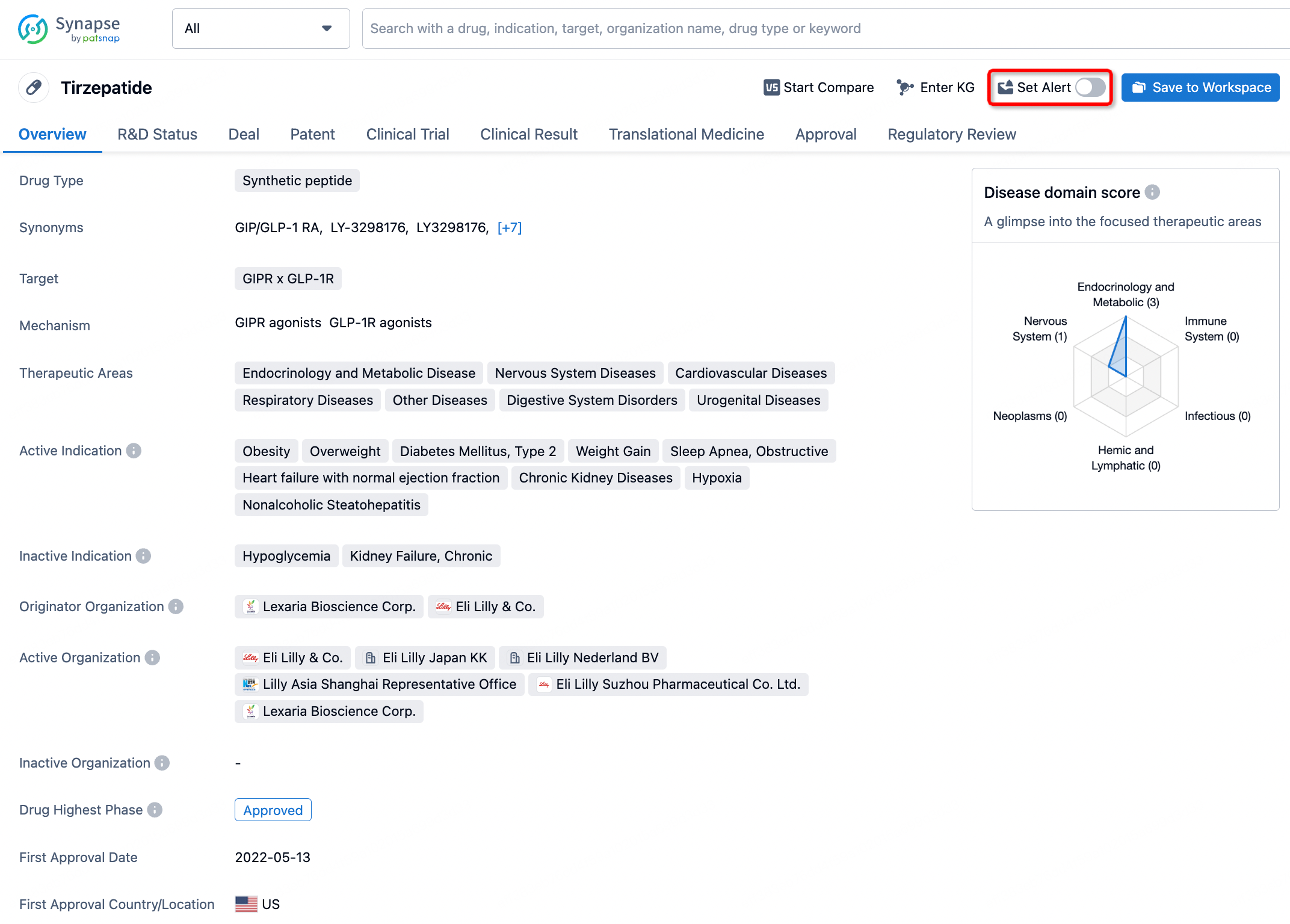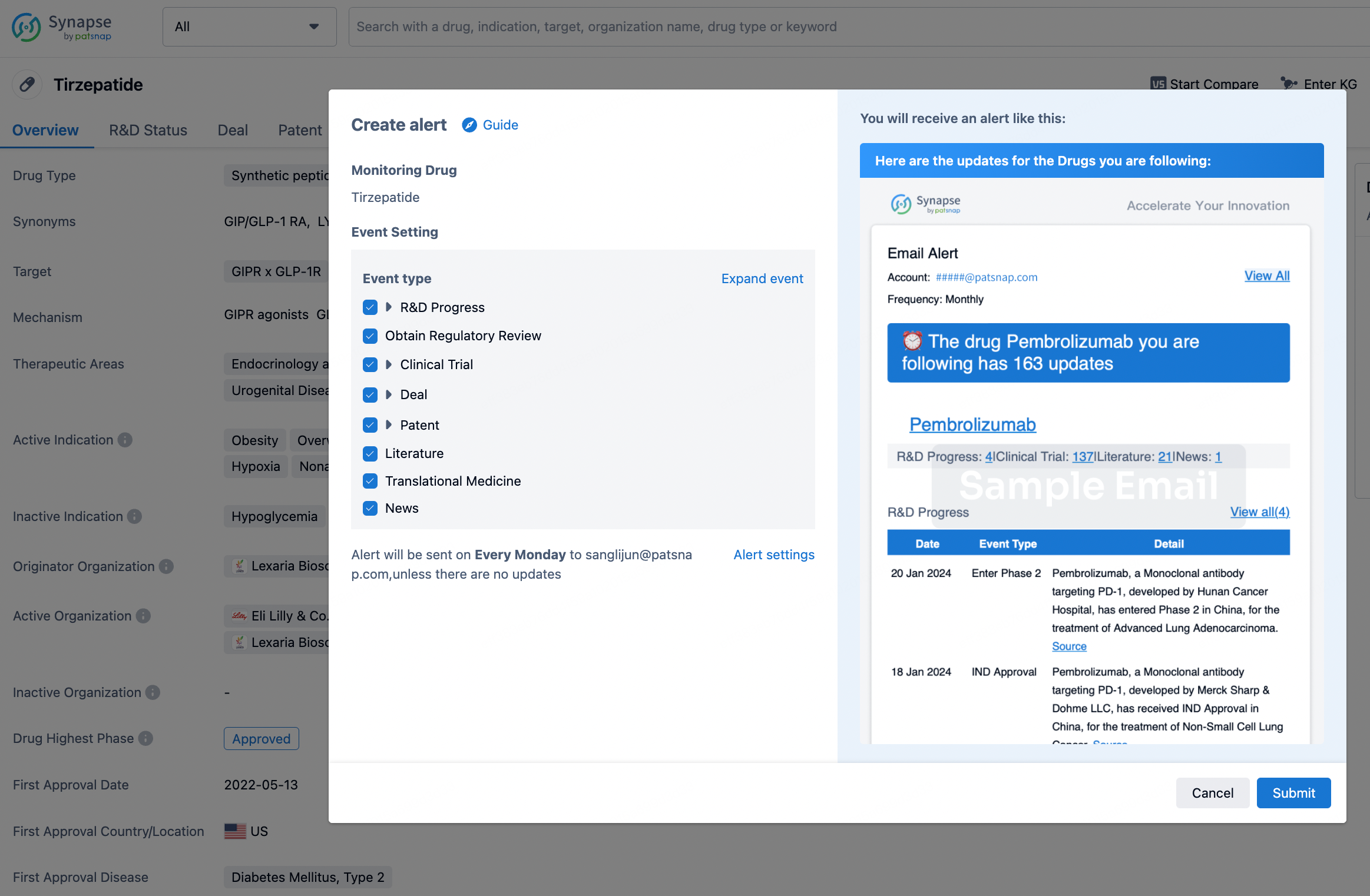Request Demo
What are the side effects of Chlorphenesin Carbamate?
12 July 2024
Chlorphenesin carbamate is a centrally-acting muscle relaxant that is commonly prescribed for the relief of muscle spasms and discomfort associated with acute musculoskeletal conditions. While this medication can be effective in alleviating muscle pain and stiffness, it is important to be aware of its potential side effects. Understanding these side effects can help patients and healthcare providers make informed decisions about its use.
One of the most common side effects of chlorphenesin carbamate is drowsiness. This sedative effect can be particularly pronounced, making it difficult for patients to perform tasks that require alertness, such as driving or operating heavy machinery. Patients are often advised to avoid such activities until they understand how the medication affects them. In some cases, drowsiness may persist for several hours after taking the drug.
Dizziness is another frequently reported side effect. This can occur alongside drowsiness or independently, and can lead to a heightened risk of falls, especially in older adults. Patients who experience significant dizziness should consider discussing dosage adjustments with their healthcare provider.
Gastrointestinal issues are also common with chlorphenesin carbamate use. Nausea, vomiting, and stomach pain are among the most reported symptoms. Taking the medication with food may help to mitigate these effects, but if gastrointestinal distress persists, a healthcare provider should be consulted for possible alternatives or supportive treatments.
Some patients may experience allergic reactions to chlorphenesin carbamate. These reactions can range from mild to severe and may include symptoms such as rash, itching, swelling, and difficulty breathing. Any signs of an allergic reaction should be treated as a medical emergency, and the medication should be discontinued immediately.
Less common but more serious side effects include signs of liver dysfunction, such as jaundice (yellowing of the skin or eyes), dark urine, and severe abdominal pain. These symptoms warrant immediate medical attention as they could indicate liver damage or other serious conditions.
Mental and mood changes, such as confusion, agitation, or hallucinations, are rare but possible side effects. These symptoms are particularly concerning and should be reported to a healthcare provider as soon as they occur. Adjustments in medication, dosage, or even a switch to an alternative treatment may be necessary.
Other side effects can include headaches, dry mouth, and blurred vision. Although these are generally less severe, they can still impact a patient’s quality of life. It is important for patients to discuss all side effects with their healthcare provider, who can offer strategies to manage them or suggest alternative therapies.
In summary, while chlorphenesin carbamate can be an effective treatment for muscle spasms and discomfort, it is associated with a range of potential side effects. These can include drowsiness, dizziness, gastrointestinal issues, allergic reactions, signs of liver dysfunction, mental and mood changes, headaches, dry mouth, and blurred vision. Patients taking this medication should be closely monitored by their healthcare providers to ensure safe and effective use. Any side effects experienced should be promptly reported to tailor the treatment to the patient’s specific needs and to mitigate any potential risks.
One of the most common side effects of chlorphenesin carbamate is drowsiness. This sedative effect can be particularly pronounced, making it difficult for patients to perform tasks that require alertness, such as driving or operating heavy machinery. Patients are often advised to avoid such activities until they understand how the medication affects them. In some cases, drowsiness may persist for several hours after taking the drug.
Dizziness is another frequently reported side effect. This can occur alongside drowsiness or independently, and can lead to a heightened risk of falls, especially in older adults. Patients who experience significant dizziness should consider discussing dosage adjustments with their healthcare provider.
Gastrointestinal issues are also common with chlorphenesin carbamate use. Nausea, vomiting, and stomach pain are among the most reported symptoms. Taking the medication with food may help to mitigate these effects, but if gastrointestinal distress persists, a healthcare provider should be consulted for possible alternatives or supportive treatments.
Some patients may experience allergic reactions to chlorphenesin carbamate. These reactions can range from mild to severe and may include symptoms such as rash, itching, swelling, and difficulty breathing. Any signs of an allergic reaction should be treated as a medical emergency, and the medication should be discontinued immediately.
Less common but more serious side effects include signs of liver dysfunction, such as jaundice (yellowing of the skin or eyes), dark urine, and severe abdominal pain. These symptoms warrant immediate medical attention as they could indicate liver damage or other serious conditions.
Mental and mood changes, such as confusion, agitation, or hallucinations, are rare but possible side effects. These symptoms are particularly concerning and should be reported to a healthcare provider as soon as they occur. Adjustments in medication, dosage, or even a switch to an alternative treatment may be necessary.
Other side effects can include headaches, dry mouth, and blurred vision. Although these are generally less severe, they can still impact a patient’s quality of life. It is important for patients to discuss all side effects with their healthcare provider, who can offer strategies to manage them or suggest alternative therapies.
In summary, while chlorphenesin carbamate can be an effective treatment for muscle spasms and discomfort, it is associated with a range of potential side effects. These can include drowsiness, dizziness, gastrointestinal issues, allergic reactions, signs of liver dysfunction, mental and mood changes, headaches, dry mouth, and blurred vision. Patients taking this medication should be closely monitored by their healthcare providers to ensure safe and effective use. Any side effects experienced should be promptly reported to tailor the treatment to the patient’s specific needs and to mitigate any potential risks.
How to obtain the latest development progress of all drugs?
In the Synapse database, you can stay updated on the latest research and development advances of all drugs. This service is accessible anytime and anywhere, with updates available daily or weekly. Use the "Set Alert" function to stay informed. Click on the image below to embark on a brand new journey of drug discovery!
AI Agents Built for Biopharma Breakthroughs
Accelerate discovery. Empower decisions. Transform outcomes.
Get started for free today!
Accelerate Strategic R&D decision making with Synapse, PatSnap’s AI-powered Connected Innovation Intelligence Platform Built for Life Sciences Professionals.
Start your data trial now!
Synapse data is also accessible to external entities via APIs or data packages. Empower better decisions with the latest in pharmaceutical intelligence.


